Dear readers, With the launch of e-newsletter CUHK in Focus, CUHKUPDates has retired and this site will no longer be updated. To stay abreast of the University’s latest news, please go to https://focus.cuhk.edu.hk. Thank you.
Courting Miss Minutest: How subatomic particles improve our understanding of the universe
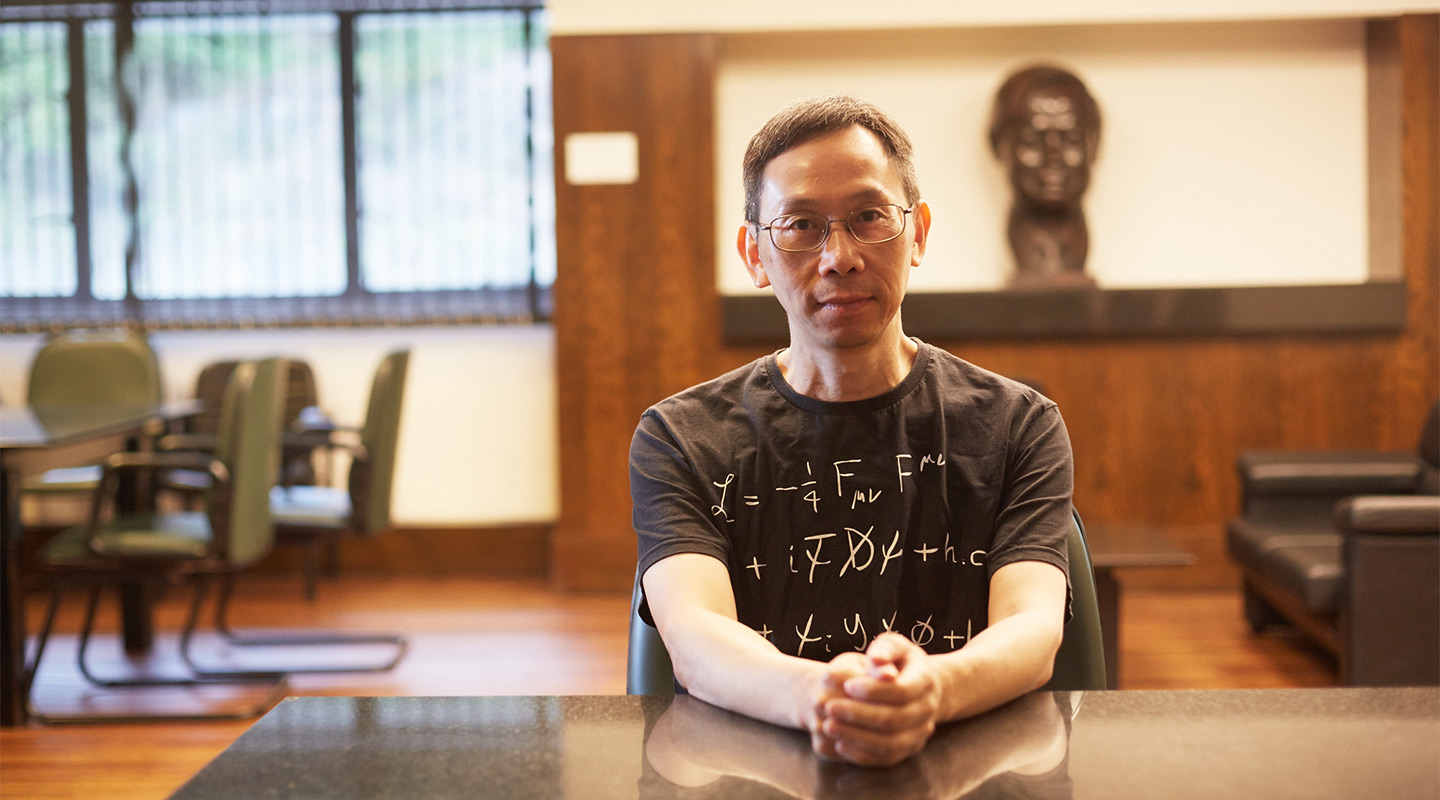
Prof. Chu Ming-chung
Department of Physics
It is through the examination of the smallest parts of the universe that we may come to understand its biggest secrets, according to the work of CUHK physicist Chu Ming-chung.
Professor Chu has devoted his life to the study of neutrinos, some of the least-understood subatomic particles on the planet. Thanks to ground-breaking work at the Daya Bay Nuclear Power Plant, he and his team discovered that neutrinos transform in a way that helps explain the evolution of the universe.
Professor Chu is the principal investigator of the Hong Kong team involved in the Daya Bay Collaboration, which has established that neutrinos “oscillate” or change form. There are three kinds of neutrino – electron, muon and tau – and his research proves that the electron form of neutrino can transform into both the muon and tau form.
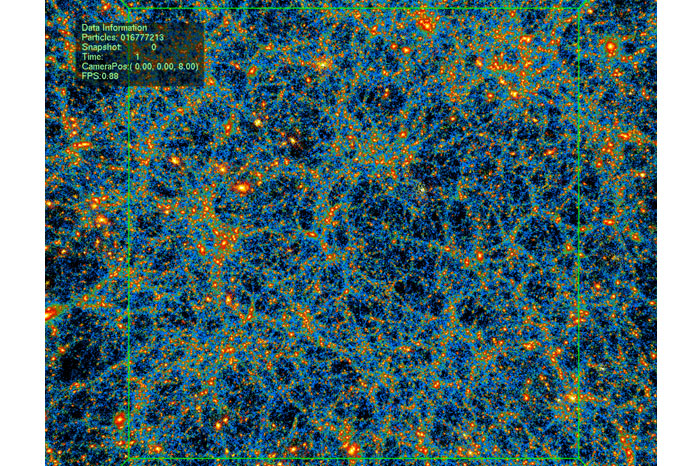
Neutrinos and their counterpart, anti-neutrinos, were some of the first particles emitted after the Big Bang, and are continually produced within stars. Anti-neutrinos are plentiful in nuclear reactions, hence the location for the experiment near Daya Bay power plant’s six reactors. Measuring the anti-neutrinos also provides data about neutrinos, since scientists believe the two types of particle have near-identical physical traits.
The research required the construction of a three-kilometre Y-shaped tunnel deep into the mountain behind Daya Bay. By installing 80-ton detectors at both ends of the Y and at different distances from the reactors, the team could detect how many anti-neutrinos and therefore neutrinos had vanished over a set distance.
After correcting for distance, the Daya Bay study showed that 8.4% of the anti-neutrinos were vanishing unexpectedly by the time they reached the detectors, demonstrating that they had transformed. Anti-neutrinos travel almost at the speed of light and respond only weakly to gravity, given their tiny mass, and so are incredibly hard to detect. Through tens of thousands of calculations, the scientists established the precise amount of “leakage” as the anti-neutrinos change.
“We are very sure now they don’t just disappear but transform from the electron type of anti-neutrino into the other two kinds,” Professor Chu says. This proves they are part of the same particle, different “faces” of the same object.
What’s more, the oscillation indicates that the three forms have different weights, establishing that neutrinos themselves have mass. The “mass squared” discrepancy established by the Daya Bay experiment is expressed as Δm213, while the rate of oscillation is known as theta one-three, or θ13.
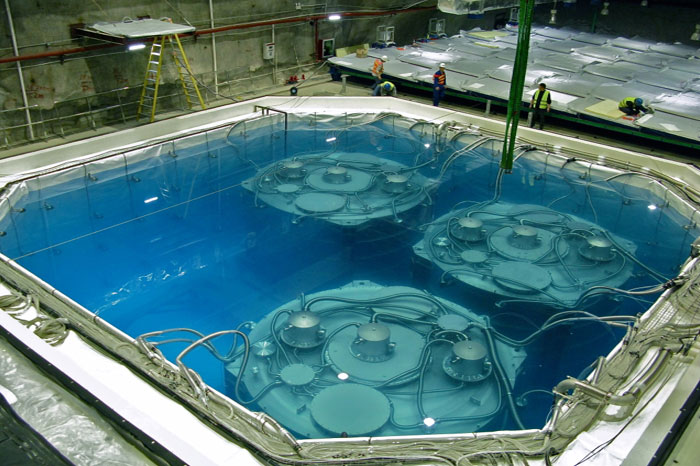
The fact that neutrinos, some of the most common particles in the universe, have mass indicates that they have a mild gravitational pull. This helps improve our understanding of how the universe formed. “That little bit of mass has implications for the evolution of universe, both its expansion, and for the formation of matter, such as galaxies,” Professor Chu says.
Meanwhile, the evidence that neutrinos transform from one type to another helps indicate the likely original forms of particle and matter created by the Big Bang. “We have shown that the neutrinos are part of the same entity, and we have shown quantitatively how much one transforms into another one,” Professor Chu says. “Now we are chasing back in history to trace the original of the universe when everything was unified.”
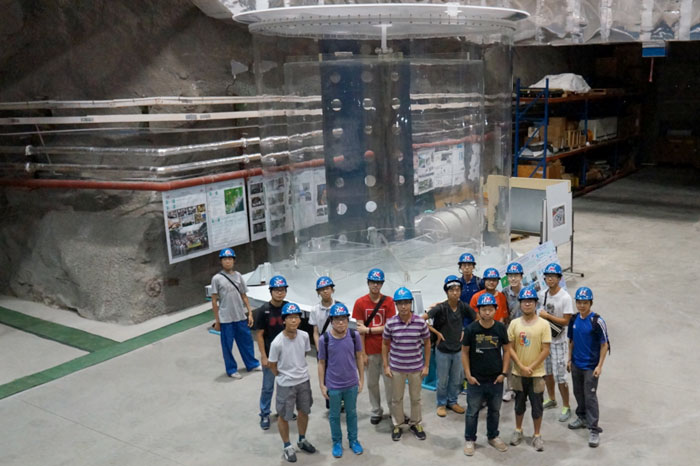
It has long puzzled scientists as to why there is more matter in the universe than anti-matter. The two should balance each other out – but would mean the universe would be unstable, with anti-matter constantly annihilating the matter. The excess of matter explains why we are here.
It was only in recent years that scientists established that neutrinos had mass at all. So further investigation into the θ13 rate of neutrino oscillation established at Daya Bay could go some way to addressing that mystery.
“This number sounds small but now we think it might explain this matter anti-matter asymmetry,” Professor Chu says.
The Daya Bay experiment, which began in 2011 and will run at least until 2017, marks the first time that Hong Kong scientists have been involved in such a high-profile physics experiment. All told, it involves at least 200 scientists from around the globe.
Professor Chu believes working on the front lines of a major international experiment has been incredibly valuable. Some 20 CUHK students have taken part at both the undergraduate and graduate level. The skills they have learned are easily transferred into fields such as engineering, he feels.
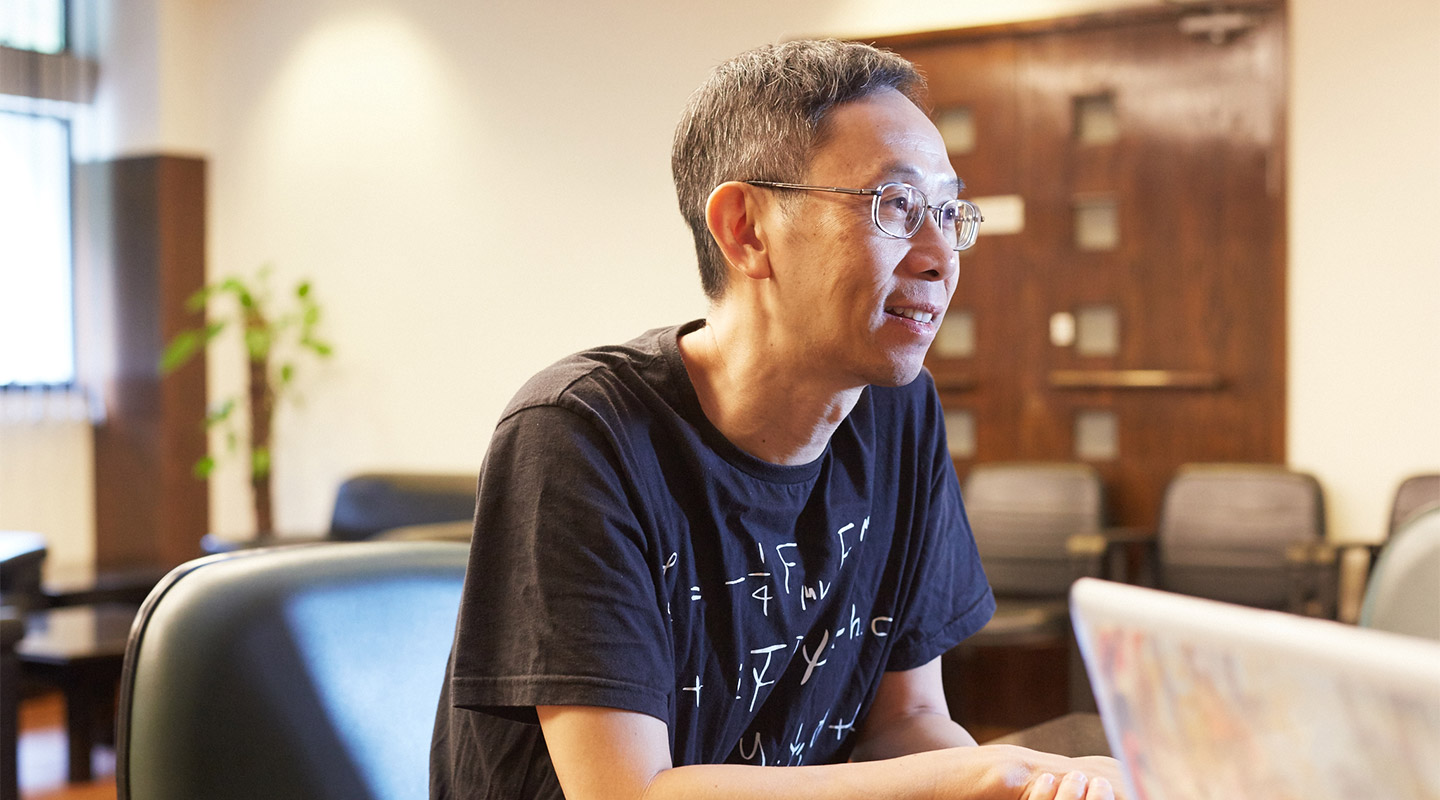
Professor Chu believes that the discovery of the neutrino oscillation at Daya Bay provides a greater understanding of particular physics that will hone the Grand Unification Theory. That is the overarching theory that unifies all fundamental interactions and fundamentally explains all life.
The theory is constantly challenged and adapted. Measuring the θ13 discrepancy helps rule out versions that don’t allow for that oscillation. So the discovery of theta one-three is an incremental step towards the construction of that theory. “I’m optimistic,” Chu says. “But we’re probably less than halfway there.”
By Alex Frew McMillan
This article was originally published on CUHK Homepage in Oct 2015.